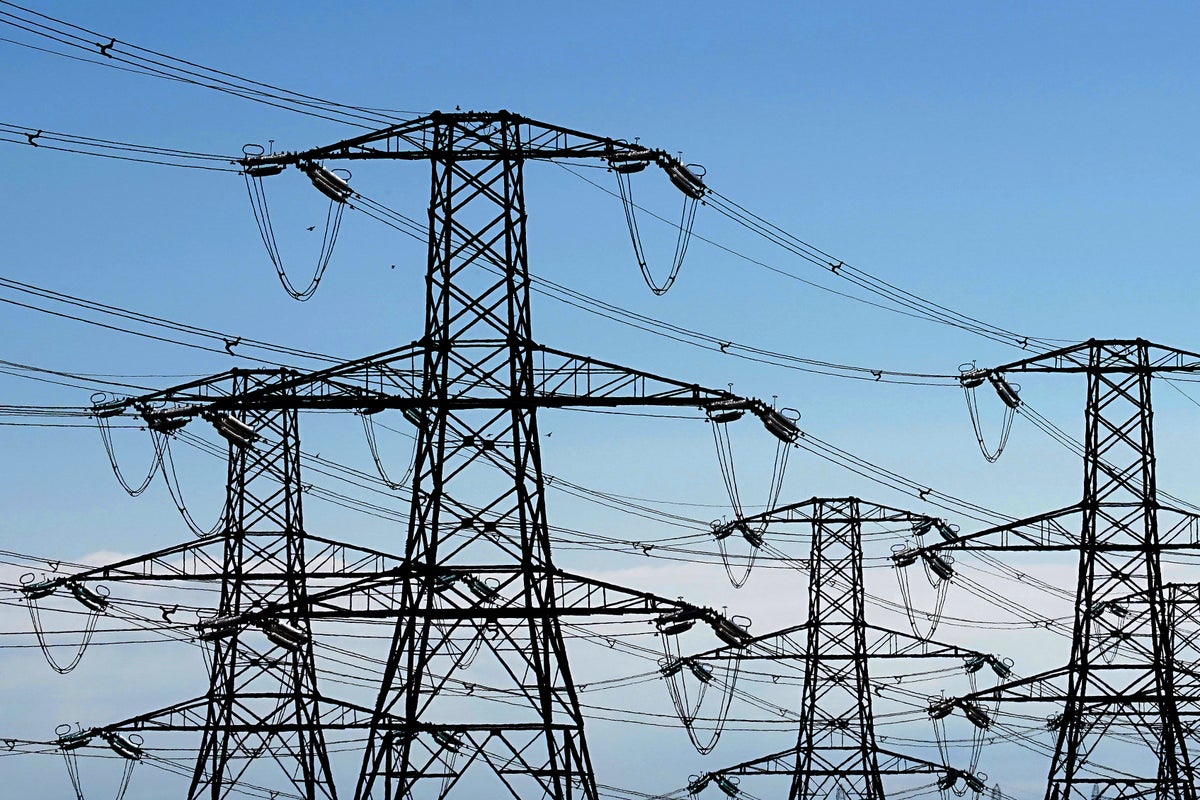
Energy customers who owned a home battery earned up to £25.60 for selling their electricity back to the grid in a first-of-its-kind for the UK trial last winter.
The results of a trial run by battery company SolarEdge and Smart Metering systems showed that battery-owning homes got a lot more money back from the grid than those who simply turned off their appliances.
Last winter, to help ensure that the lights stay on, National Grid introduced the so-called Demand Flexibility Service (DFS), designed to reward customers for reducing how much electricity they used at certain times.
People were texted in advance of a so-called demand flexibility event, telling them they would get paid if they reduced their consumption at a specific hour.
But these customers had to change their behaviour during the period in order to make money. Households with batteries were able to benefit without doing anything.
Introducing automation into the DFS has game-changing potential to significantly amplify the volume of homeowner participation next winter and in future DFS events— Mark Hamilton, Smart Metering Systems
Smart Metering Systems would send a signal to the battery to start charging from the grid in the hours leading up to the demand flexibility event. Then, when the event was taking place, this power would be sold back to the grid at a much higher price than it had been bought for.
On average it earned a household £6.52 per event – much more than those who simply did not switch off their oven or washing machine – and the most someone earned was £25.60 in one session.
Across six tests, the highest-earning household made £100.61, data shows.
It also proved useful for the grid. The average household in the normal DFS who simply switched off appliances reduced the burden on the grid by 0.5 kilowatt hours (kWh). Those with batteries took 2.7 kWh of strain off the system.
“Introducing automation into the DFS has game-changing potential to significantly amplify the volume of homeowner participation next winter and in future DFS events, and subsequently boost the impact of grid stabilisation using home batteries,” said Mark Hamilton from Smart Metering Systems.
“The ability to remotely schedule participants’ batteries to autonomously charge ahead of each DFS event and maximise power export to the grid during the event itself means homeowners can earn passive income while consuming electricity as normal.”
Ensuring that demand for electricity is flexible is seen by many as one of the best solutions to one of the biggest challenges in switching to renewable energy – the fact that the sun does not always shine or the wind always blow.
Encouraging customers to use electricity when it is most abundant – windy and sunny periods – can make it a lot cheaper to manage this challenge.
Meanwhile, tapping into the batteries that people have at home to top up the grid at periods with low wind and sun can add an extra boost.
Some of these will be home batteries, such as those used in this trial, but the biggest likely source of battery power from homes in future will be electric cars.
Last week energy supplier Octopus said that in a trial some of its customers will for the first time start feeding electricity from their cars into the grid.
With the car plugged in, Octopus’s technology will automatically adjust when it charges and when it does not to match signals from the grid.







